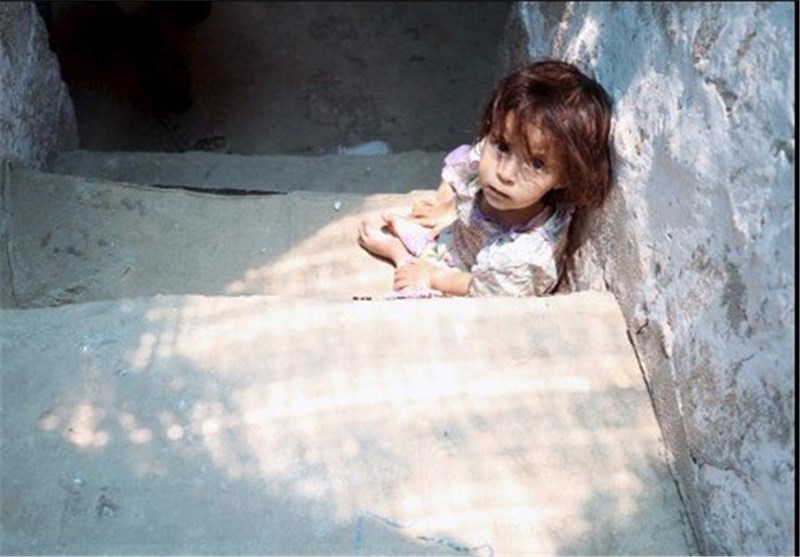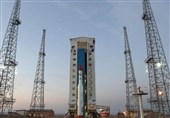More Than Half Yemen's Population Face Hunger: UN
TEHRAN (Tasnim) - More than half of the total population of Yemen, some 14.4 million people, are food insecure due to ongoing conflict and import restrictions, the Food and Agriculture Organization (FAO) said Thursday.
The number of food insecure people has grown by 12 percent since June 2015, UN spokesman Stephane Dujarric said at a daily news briefing here, citing FAO information.
“Fuel shortages and restrictions on imports, which Yemen relies on for more than 90 percent of its staple foods, have reduced the availability of essential food commodities and caused food and fuel prices to soar since conflict escalated in March 2015,” Dujarric said.
Crop production, livestock rearing and fisheries employ 50 percent of Yemen’s workforce and are the main sources of livelihoods for two-thirds of the country, the spokesman said, Xinhua reported.
Imports are essential as only four percent of the country’s land is arable and only a fraction of that is currently used for food production.
Earlier this month, the UN High Commissioner for Human Rights reported that civilians were suffering a “terrible toll” in the fighting, with casualties topping 8,100, nearly 2,800 of them killed, amid Saudi-led coalition airstrikes, shelling by Houthi groups and other clashes.
The UN has been trying to broker an end to the fighting but these efforts have been stymied by violations of the ceasefire needed to start the process. In December UN Special Envoy Ismail Ould Cheikh Ahmed adjourned peace talks until mid-January to allow for bilateral in-country and regional consultations to achieve a ceasefire, but this deadline has also since passed.
FAO noted that 2.3 million people are internally displaced, an increase of more than 400 percent over January 2015, putting added pressure on host communities already struggling with limited food resources.
“Food insecurity and malnutrition are becoming highly critical,” FAO Representative in Yemen Salah Elhajj Hassan said, calling for urgent support to assist families and protect their livestock as well as measures to facilitate much-needed food and fuel imports.
Meanwhile, a shortage of critical inputs like seeds and fertilizers have severely reduced crop production, with estimates suggesting the recent conflict has caused dramatic losses to the agriculture sector.
Adding to the dire situation, Yemen was hit by two cyclones in November, heavily disrupting fishermen’s livelihoods along the country’s coast lines.
Reflecting growing needs, FAO has increased its annual funding appeal for Yemen to 25 million US dollars in 2016 to help families produce food and build resilience with a variety of activities.
To address immediate food needs, it has been working with local women’s groups to support backyard farming, distributing seeds, tools and chickens to improve family nutrition and create extra income at market.
To vulnerable farmers operating larger plots, FAO will provide solar-powered irrigation pumps with the help of water-user associations, allowing farmers to continue production regardless of fuel shortages that have made operating diesel-powered pumps impossible for many.
Yemen is among the most water-scarce countries in the world with less than five percent of the world average available per person per year, making irrigation a key concern for farmers.





